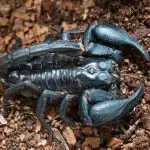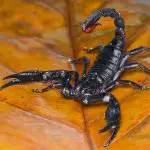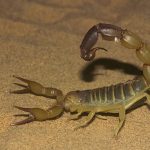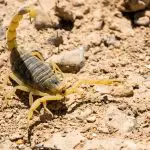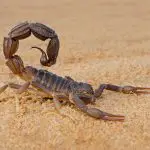The most dangerous scorpion species in the world are mostly found in Africa, the Middle East and Asia, though two also occur in the Americas…
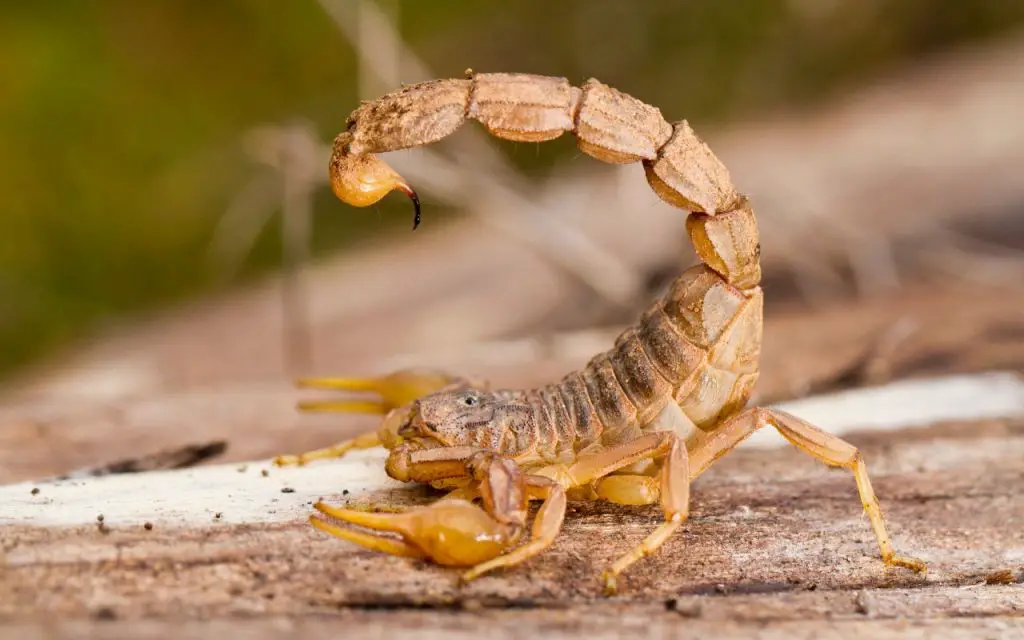
If you have ever tented in a dry environment, someone has undoubtedly cautioned you against putting on your shoes without first checking them for scorpions. There is no immediate danger if you discover a scorpion in your footwear.
Scorpions majorly belong to the buthidae family. They are terrifying creatures due to the size of their powerful pincers and the viciousness of their stinging tails.
The vast majority, on the other hand, pose little threat to human health. Even medium-sized scorpions may turn out to be deadly. The largest scorpions stings are excruciating, although they are seldom fatal.
Also, did you know that scientists have uncovered the fossil record of the oldest scorpion ever known to mankind. It is well over 430 million years old. Are you curious to know more about them? Here are the five most dangerous scorpions in the world.
The Five Most Dangerous Scorpion Species At A Glance:
- Arizona Bark Scorpion
- Deathstalker Scorpion
- Androctonus Crassicauda or Arabian Fat-Tail Scorpion
- Androctonus Australis or Yellow Fat-Tailed Scorpion
- Tityus Serrulatus or Brazilian Yellow Scorpion
1. Arizona Bark Scorpion
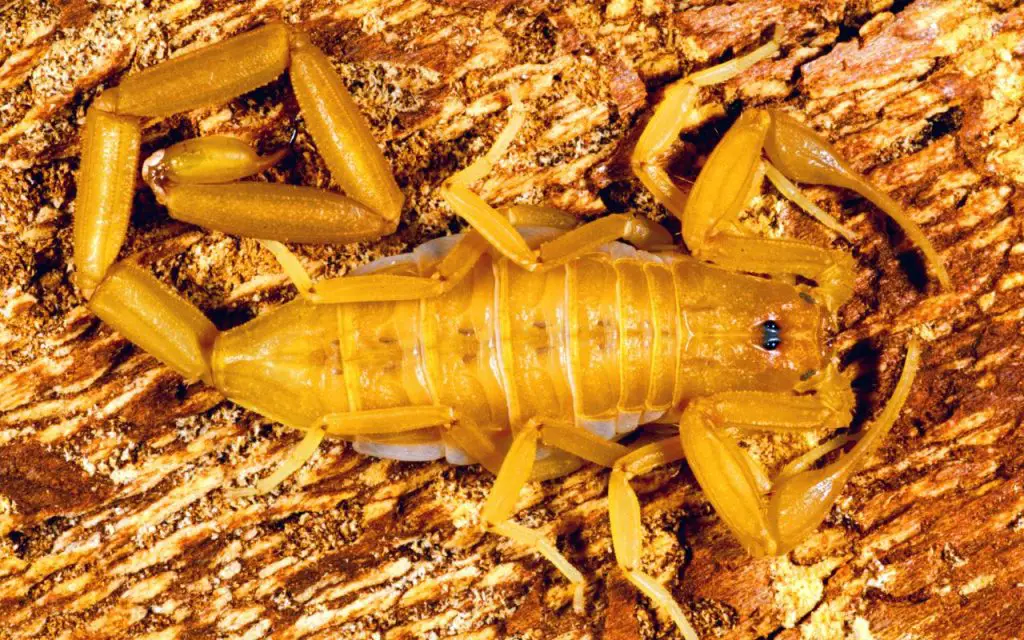
The Arizona Bark Scorpion is known scientifically as centruroides sculpturatus. It lives in the Sonoran Desert. Bark scorpions are typically under an inch long and have a light brown coloration. They inhabit dry and semi-arid settings.
They are nocturnal creatures. At night, bark scorpions hunt for prey like crickets, roaches, and spiders. Once they have located their victim, they will sting it and then consume it.
Bark scorpions remain hidden throughout the day. Their name comes from their preference for living in trees. Bark scorpions are docile creatures that steer clear of human contact. Bark scorpion stings are pretty uncommon.
How common are bark scorpions in Arizona?
The summertime season for bark scorpions in Phoenix. July and August are the perfect time for hunting scorpions.
Even though they enter a state of dormancy throughout the winter, scorpions can be observed during other seasons. Only the bark scorpion, native to the dry Southwest of the United States, is capable of causing significant symptoms.
2. Deathstalker Scorpion
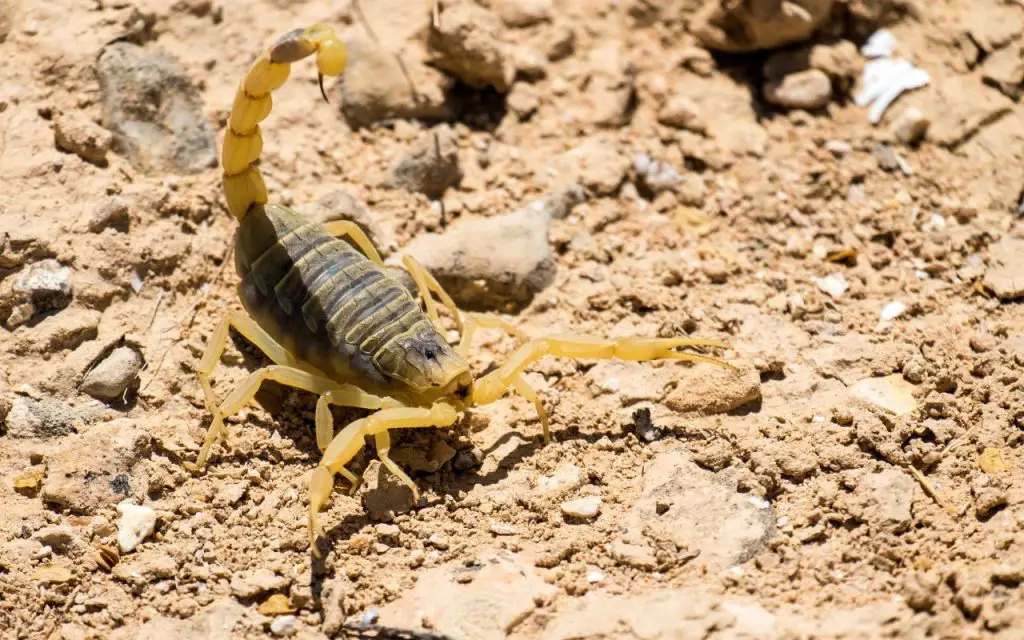
The territory of the deathstalker scorpion extends from western Algeria and Mali to Egypt, Ethiopia, Asia Minor, the Arabian Peninsula, Kazakhstan, and western India. The deathstalker scorpion is widely regarded as one of the most dangerous species of scorpions around the globe.
If stung, the victim will never forget the excruciating level of pain they experienced. Their color varies from place to place, which makes identification challenging. They are reminiscent of toys because of the elastic quality of their form.
What happens if you get stung by a Deathstalker scorpion?
The symptoms of a deathstalker sting include an accelerated heart rate, high blood pressure, convulsions, and coma. There is a risk of death for young children and people who are unwell. So, it is not a very good choice for a pet.
The confinement of these aggressive scorpions in such a small space irritates them. If you have been stung, you must get medical attention as soon as possible.
3. Androctonus Crassicauda (Arabian Fat-tail)
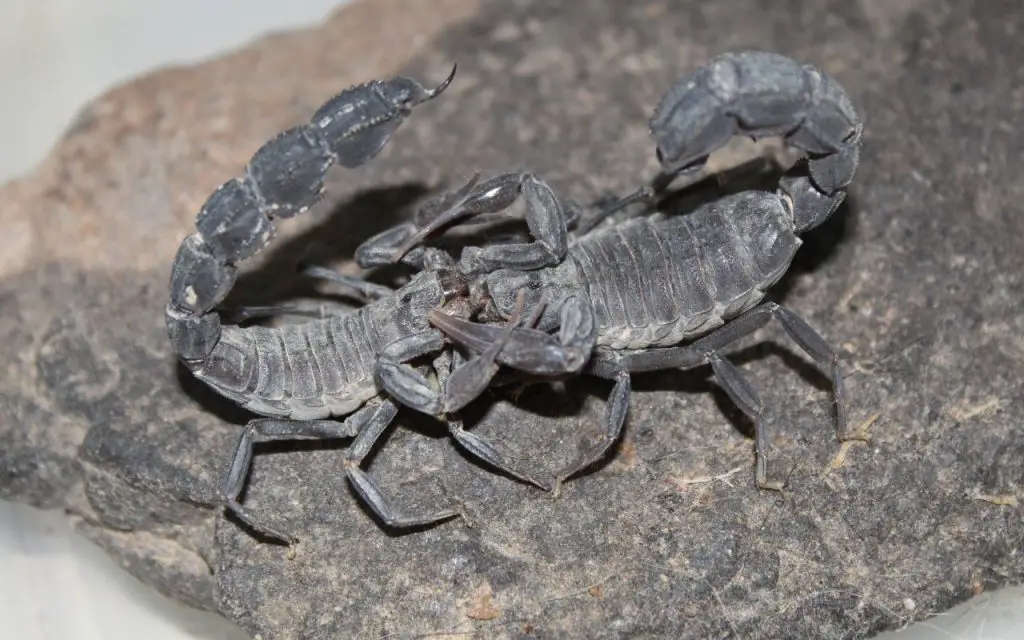
This Palearctic fat-tailed scorpion may be found rather often. It is present in Saudi Arabia, Kuwait, Qatar, Iraq, Iran, Turkey, and other nations in the north African region.
The Arabian fat-tailed scorpion and the deathstalker are considered extremely dangerous. The most dangerous scorpion stings can cause convulsions, unconsciousness, and elevated blood pressure.
Children and those with heart conditions are particularly vulnerable to the effects of its sting. Healthy adults may get away with the sting if immediate action is taken.
The vast majority of sting victims are able to receive anti-venom promptly. If victims do not seek medical aid during the first seven hours, the likelihood of their passing increases.
People frequently get the Arabian fat-tailed and the black fat-tailed confused with one another. Despite their apparent similarity, scientists believe they belong to two distinct species. Pincers on the Arabian are enormous.
How big are Arabian fat-tailed scorpions?
Adults of this species of scorpion reach a length of around 4 inches (10.2 centimeters), making them roughly twice as large as bark scorpions.
4. Androctonus Australis
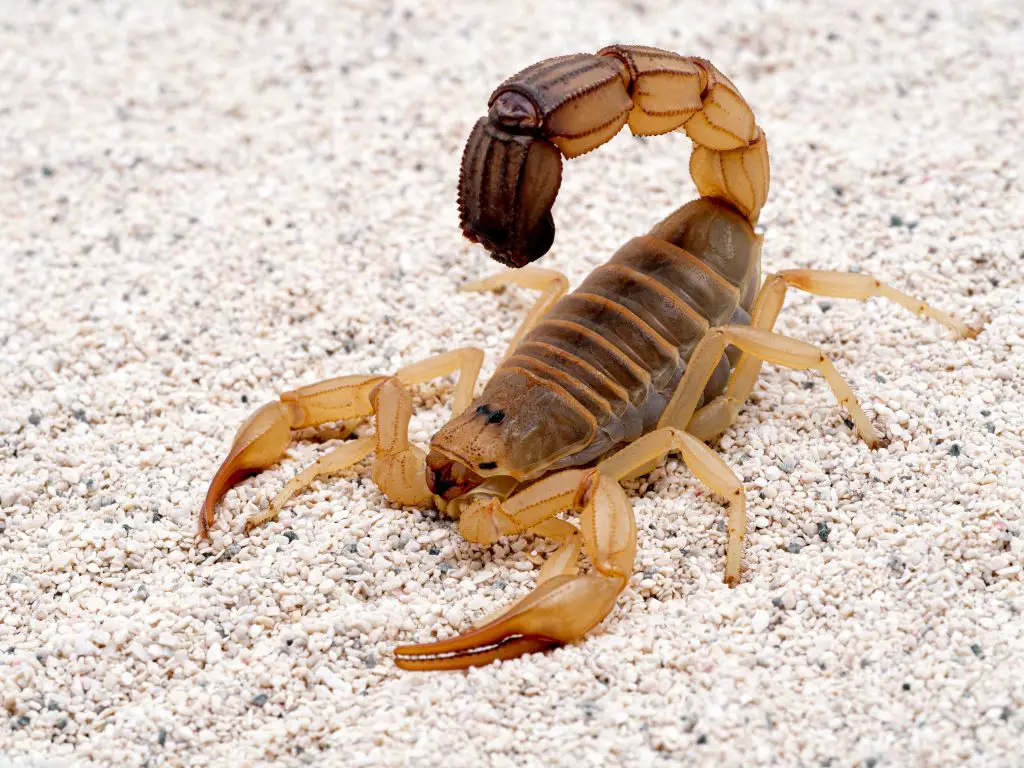
Androctonus Australis is the scientific community’s genus name for the yellow fat-tailed scorpion. The Middle East, the region around the Hindu Kush, and North and West Africa are the primary locations where this species may be found.
India, Iran, Afghanistan, Israel, Pakistan, and Pakistan are only a few nations with a high prevalence of these. Lebanon is another. The Androctonus genus includes several dangerous species, including the Fattail scorpion.
They call dry and semi-arid regions in Africa and the Middle East their home. 10-centimeter-long, these scorpions get their name from their thick tail. Latin is literally translated from Greek as “man murderer.”
Their venom is highly poisonous and potent. Stings from androctonus kill a significant number of individuals every year.
5. Tityus Serrulatus
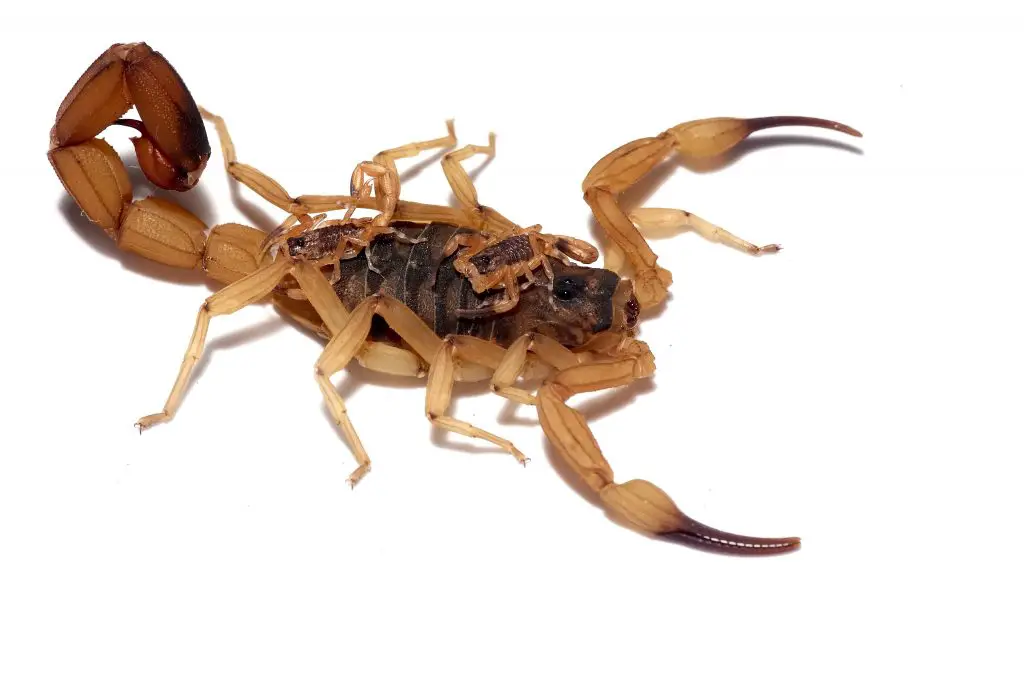
The Tityus serrulatus , also known as the Brazilian Yellow Scorpion is the most venomous scorpion among all species of scorpions found in South America. Regrettably, this species commonly stings humans; each year, hundreds of people suffer injuries.
The victim with mild envenomation has a painful stinging sensation and may also have nausea and a rapid pulse. Hyperesthesia may develop as the poison travels throughout the body, which will cause the patient to be very touch-sensitive.
Pain in the abdomen, nausea, and difficulty breathing are all potential side effects of severe stings. These stings may feel like a bee sting.
Both the young and the old can die from cardiorespiratory failure.
Even though it only uses a small amount of its venom, the Brazilian yellow scorpion is responsible for many fatalities annually.
FAQ relating to the most dangerous scorpion species
What scorpion causes the most deaths?
The Brazilian yellow scorpion, also known as Tityus serrulatus, is one species that is notorious for being very lethal.
It is responsible for the majority of South America’s fatalities caused by scorpion stings.
The majority of scorpion stings are reported in tropical and subtropical regions, even though scorpions may be found worldwide.
These regions may be found in the western half of the earth and include Mexico, the southeast part of Brazil, and the northern part of South America.
The sub-Saharan area of Africa, the Middle East, and the Indian subcontinent are examples of these regions that may be found in the Eastern hemisphere.
What’s the deadliest type of scorpion?
The deathstalker, also known as Leiurus quinquestriatus, is a member of the family Buthidae and is considered to be the most poisonous species of scorpion.
Based on the subcutaneous injections that were administered to mice, it had a lethal dose (LD50) of only 0.25 mg/kg.
The death stalker may be found in parts of the Middle East and North Africa that are characterized by their dry desert and scrubland landscapes.
Here are some other deadliest scorpions you need to know about, but which didn’t feature on our list:
- Indian Red Scorpion or Hottentotta Tamulus
- Black Spitting Thick-Tailed Scorpion
- Striped Bark Scorpions, which has dark stripes
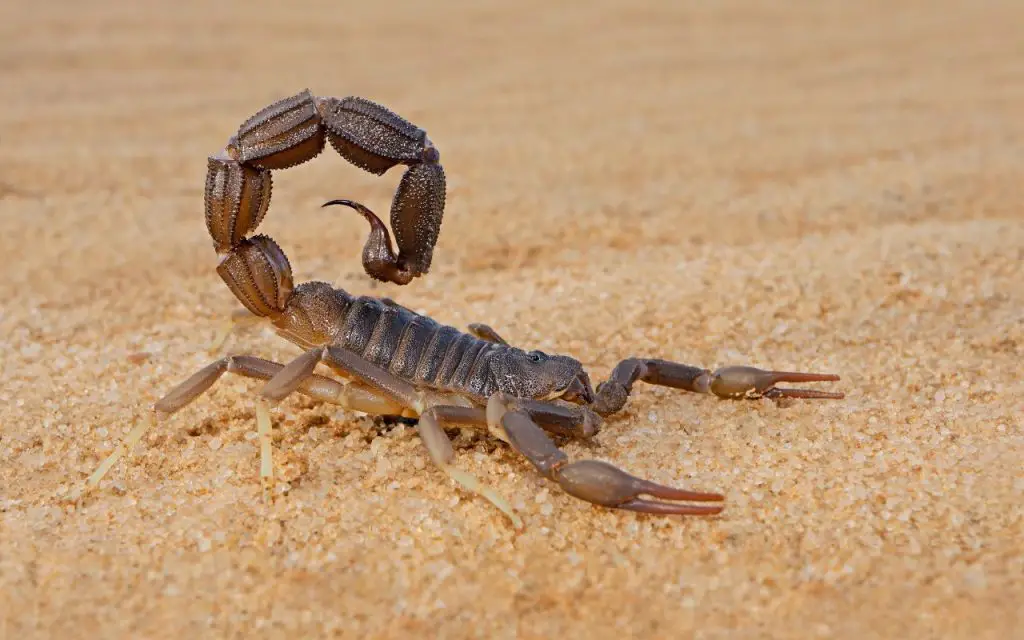
Where do the most dangerous scorpions live?
There are a lot of poisonous scorpions in the world, mostly distributed in tropical or desert regions.
Some of the places where you can find the most poisonous scorpions are:
- Brazil
- India
- Afghanistan
- Israel
- Pakistan
- North Africa
- Latin America
- North America
- South America
- Sri Lanka
- West Africa
Tityus serrulatus, which lives in Brazil, Buthotus tamulus, which lives in India, Leiurus quinquestriatus and Androctonus crassicauda found in North Africa and southwest Asia.
We also have the impressive Emperor Scorpion that is found primarily in the rainforests and savannah of West Africa.
There is also Centruroides suffussus, which lives in Mexico, are among the most poisonous species.

Here are some instances of signs and symptoms that might be caused by extensive venom exposure:
- Having trouble with one’s breathing
- twitching or thrashing of the muscles
- Pulmonary Edema
- Movements of the head, neck, and eyes that are not normal
- Drooling
- Sweating
- sickness and throwing up
- Unhealthy levels of blood pressure (hypertension)
- tachycardia, also known as rapid heart rate, or arrhythmia, refers to an irregular heartbeat (arrhythmia)
- Unease, agitation, or uncontrollable sobbing are all possible symptoms (in children)
- Could cause an allergic reaction and severe pain
- Heart Problems
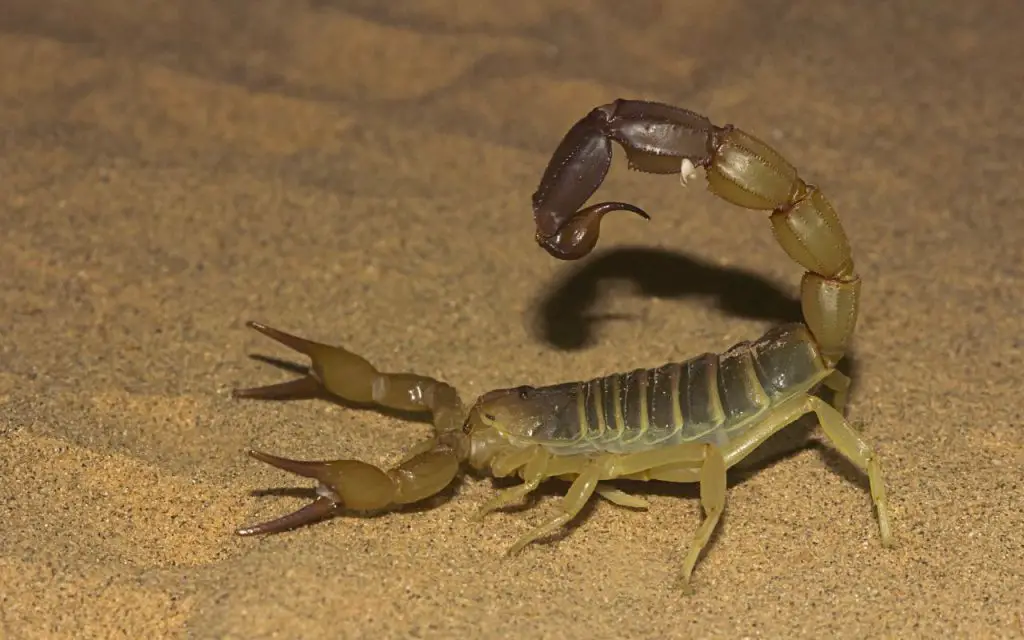
How much are deathstalker scorpions?
The deathstalker is among the most lethal scorpions in the world. The factor that contributes to its lethality is also the substance that commands the highest price for a liquid anywhere in the world.
This scorpion venom has a gallon price tag of 39 million dollars. You wouldn’t be able to go and buy a gallon of the substance even if you have money.
This is because you can only obtain it in extremely little and negligible amounts. You may purchase a droplet less than the size of a grain of sugar for $130.
The explanation behind this is really straightforward: the items in question are difficult to get. Most of the time, scorpions are milked manually, one at a time.
In addition, the total amount of venom that a single scorpion may produce is no more than two milligrams.
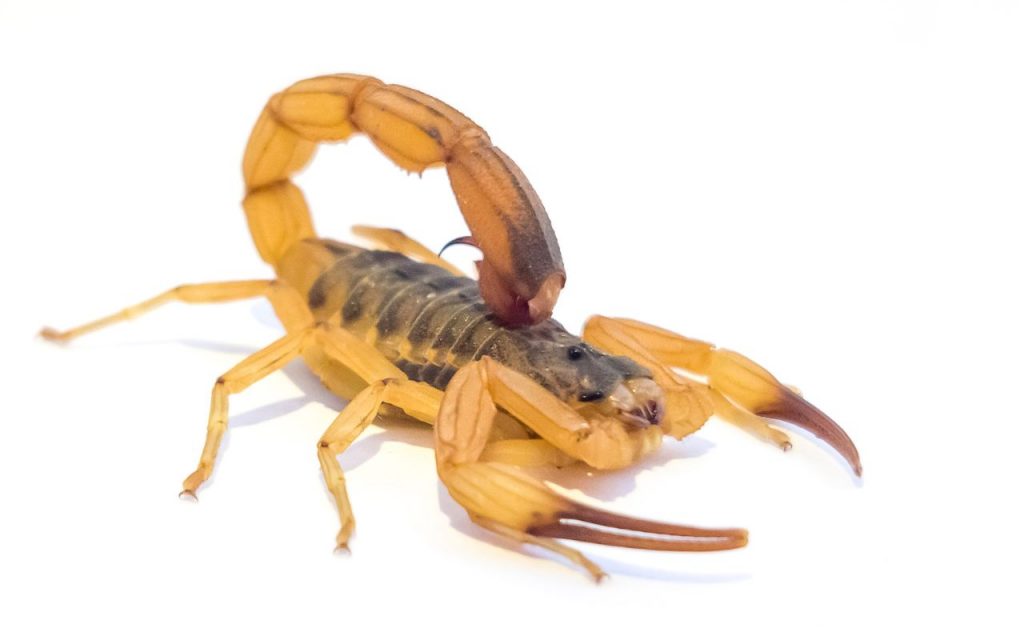
Steer Clear Of A Scorpion’s Way If You Can
All in all, not everyone wants to find a scorpion anywhere near them, but even if you do, it may not be a threat to your life. There is no question that a scorpion incites dread in you, with its tail and pinchers. But, most of them will not cross you.
If you do happen to come across one hiding in your garden, however, it is best to stay out of its path as a preventive measure.

